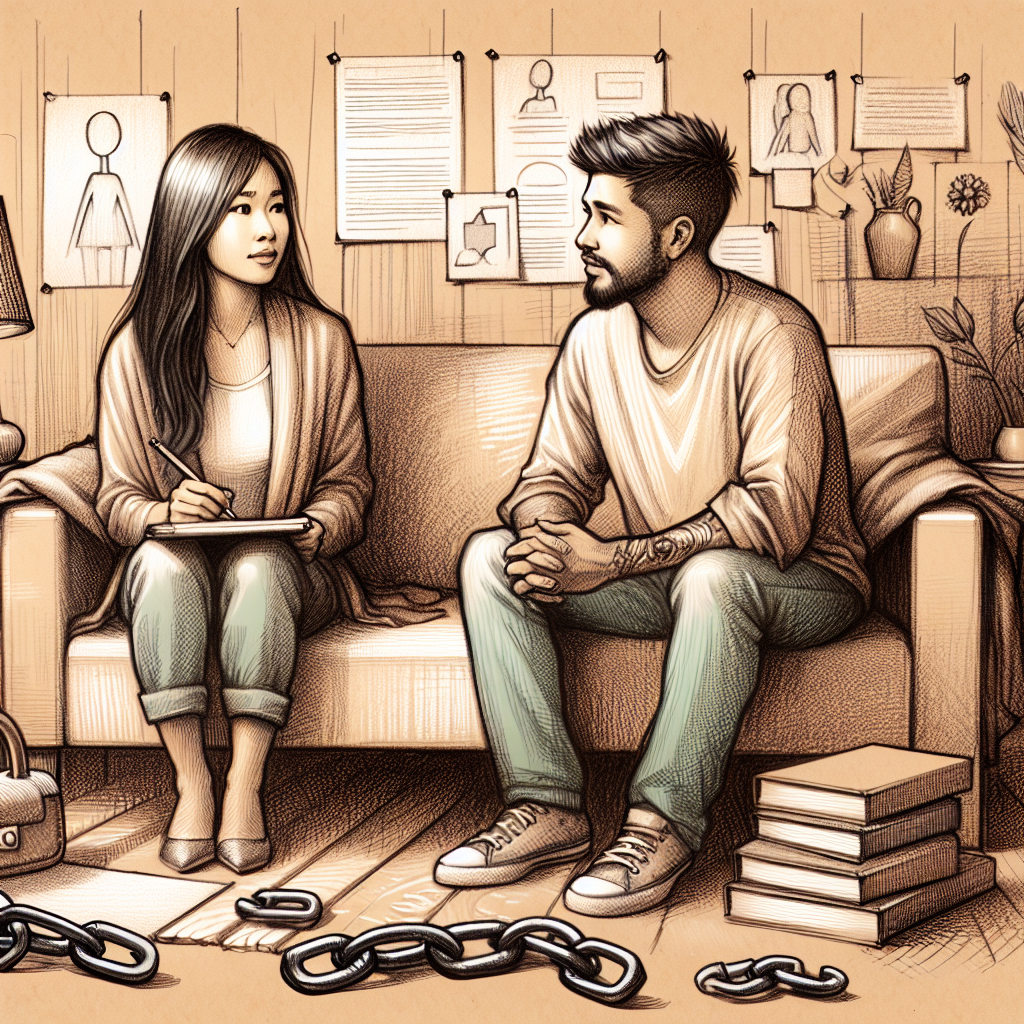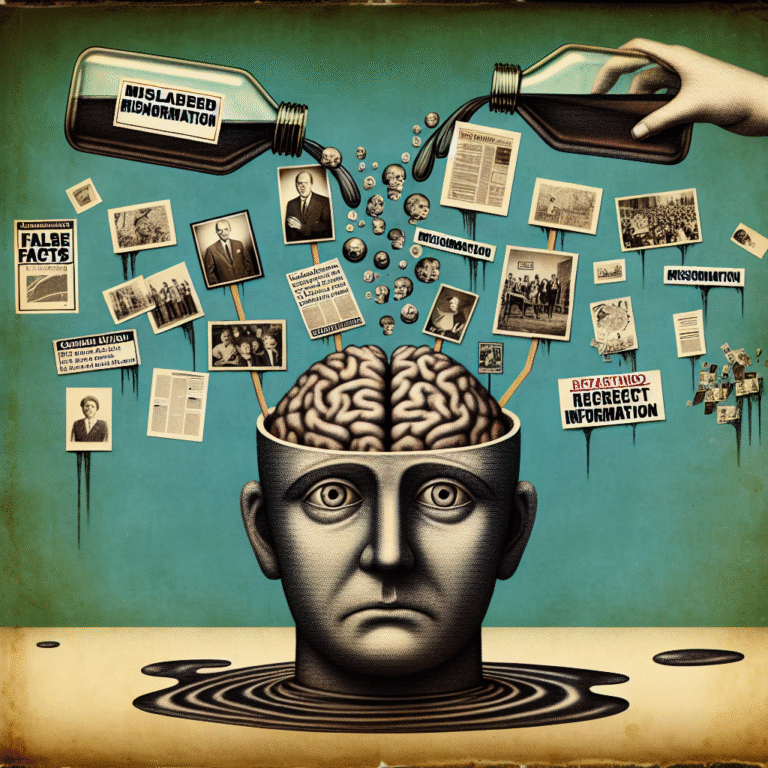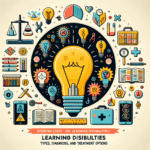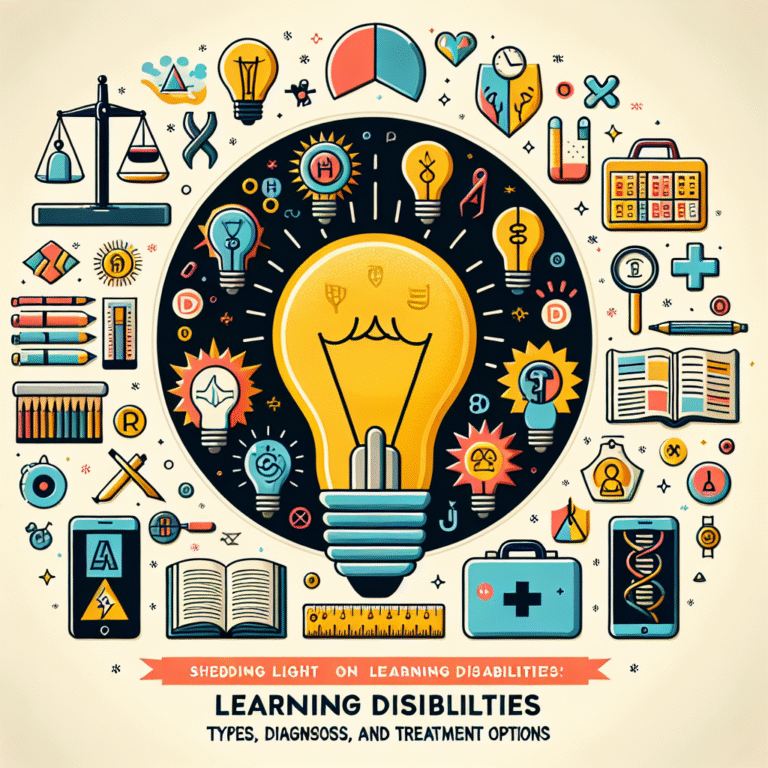
Introduction
In a world where silence often becomes a refuge for the abuser and a burden for the victim, the need for effective strategies in domestic violence assessment has never been more crucial. "Breaking the Silence: Key Strategies for Domestic Violence Assessment" offers a roadmap for professionals, advocates, and individuals seeking to address this pervasive issue. Engaging with this sensitive topic not only raises awareness but also empowers communities to identify, evaluate, and intervene in situations of domestic violence. The goal is clear: to break the cycle of silence that shrouds domestic violence, paving the way for understanding, intervention, and recovery.
The Importance of Domestic Violence Assessment
Understanding Domestic Violence
Domestic violence is not solely a physical issue; it encompasses psychological, emotional, and financial abuse. This multifaceted nature complicates the identification of victims, emphasizing the need for comprehensive assessment strategies. According to the National Coalition Against Domestic Violence (NCADV), nearly 1 in 4 women and 1 in 9 men experience severe intimate partner physical violence. The statistics are stark, but behind each number is an individual story, highlighting the urgency of effective assessment methods.
The Role of Assessments
Assessments can serve various functions, including:
- Identifying Risk Factors: Recognizing signs of potential danger.
- Understanding Dynamics: Gaining insights into the victim’s and perpetrator’s behaviors.
- Guiding Intervention: Informing the next steps in support and protection.
These functions are critical in fostering an environment where individuals feel safe and are empowered to seek help.
Key Strategies for Effective Domestic Violence Assessment
1. Creating a Safe Environment
Importance of Confidentiality
The first step in assessing domestic violence is ensuring a safe and confidential atmosphere. Victims are more likely to open up when they feel protected from retribution. Professionals should prioritize privacy and establish trust before delving into sensitive topics.
Case Study: Safe Haven Domestic Abuse Shelter
At Safe Haven, staff trained in trauma-informed care emphasize creating a non-judgmental space where victims feel at ease. One victim, Anna, shared that the moment she stepped into the shelter, she experienced a sense of calm that encouraged her to discuss her situation for the first time.
Analysis: This affirmation illustrates that a supportive environment can significantly influence a victim’s willingness to share their experiences.
2. Use of Standardized Tools
Importance of Tools like the Danger Assessment
Utilizing standardized assessment tools, such as the Danger Assessment (DA), aids in quantifying risks. The DA, developed by Dr. Jacquelyn Campbell, considers various variables like previous assaults, jealousy, and threats, providing a more structured approach to risk evaluation.
Example Table: Risk Factors from the Danger Assessment
| Risk Factor | Assessment Outcome |
|---|---|
| History of violence | High risk |
| Access to firearms | Very high risk |
| Substance abuse | Increased risk |
| Jealousy/controlling behavior | Significant concern |
3. Engaging with Community Resources
Collaborative Approaches
Engaging with local organizations, law enforcement, and health services creates a holistic network of resources for survivors. Such collaborations ensure that victims receive comprehensive support tailored to their unique needs.
Case Study: Community Outreach Program
In a collaborative program in New York City, local shelters, police departments, and hospitals worked together to streamline resources for victims. A survivor, Mark, expressed gratitude for the cohesive network that allowed him to escape an abusive situation and find housing, therapy, and legal support.
Analysis: This example underscores the value of inter-organization collaboration, reinforcing the notion that assessment is not just a one-on-one conversation but rather a community responsibility.
4. Training and Awareness
Educating Professionals
Ongoing training for professionals in healthcare, social services, and law enforcement is vital in enhancing their ability to assess domestic violence cases accurately. This training should include recognizing signs of abuse, understanding trauma responses, and providing empathetic communication.
Example of Training Impact
After implementing a training program within a local hospital, reports indicated a 40% increase in domestic violence cases being identified and referred for support.
5. Empowering Victims Through Informed Decision-Making
Providing Options
Assessment is not only about identifying issues; it also involves providing victims with choices. Informing them about available resources and options fosters a sense of control, crucial in overcoming trauma.
Case Study: Counseling Empowerment Sessions
At Empowerment Counseling, survivors learn about their choices, from legal options to different support services. One participant, Lisa, described how having multiple paths available allowed her to leave her relationship on her terms.
Analysis: This highlights the importance of empowering victims, showing that informed choices can significantly alter their recovery journey.
Conclusion
"Breaking the Silence: Key Strategies for Domestic Violence Assessment" is not just a call to action; it is a crucial initiative that requires attention, compassion, and involvement from all sectors of society. By implementing these strategies—creating safe environments, using standardized tools, engaging with community resources, ensuring professional training, and empowering victims—we can transform the landscape of domestic violence assessment.
The journey may be long and fraught with challenges, but by breaking the silence, we lay the groundwork for a future where victims are not only heard but also supported and empowered to heal and thrive. Together, we can create a community that stands against domestic violence, fostering a culture of respect, safety, and healing.
FAQs
Q1: What are the signs of domestic violence?
A1: Signs include unexplained injuries, withdrawal from friends and family, sudden changes in behavior, and excessive jealousy from a partner. Recognizing these signs can be the first step toward assessment and intervention.
Q2: How can I help someone who I suspect is experiencing domestic violence?
A2: Approach them with empathy and offer a safe space to talk. Provide resources and information discreetly, ensuring they know you support their choices.
Q3: What should I do if I am in a domestic violence situation?
A3: Prioritize your safety. Seek help from local shelters or hotlines. Conduct thorough research on the available resources in your area.
Q4: Are there legal options available for domestic violence victims?
A4: Yes, victims may seek protective orders, legal counsel, and assistance from advocacy groups. It’s important to consult with legal professionals for tailored advice.
Q5: How can communities take action against domestic violence?
A5: Communities can organize awareness campaigns, provide training for local organizations, and create spaces where victims feel safe to report abuse. Collaboration among multiple stakeholders can amplify the impact.
By addressing the complexities of domestic violence through these strategies, we can foster a more informed, responsive society capable of dismantling the adverse effects of silence. Together, let’s continue to break the silence and pave the way for brighter futures.

















